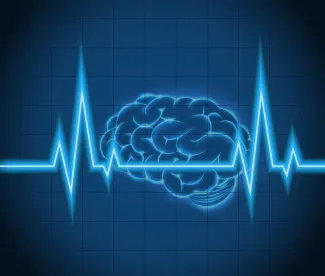According to the Centers for Disease Control and Prevention (CDC), from 2005-2014, an average of 3,536 fatal unintentional drownings occurred per year in the United States. Approximately one in five people who die from drowning are children 14 years old or younger; children one to four years old have the highest drowning rates.
For every death caused by drowning, five children receive emergency room care for nonfatal drowning injuries. Nonfatal drowning can cause hypoxic-ischemic brain injury that may result in long-term disabilities ranging from memory problems and learning disabilities to total loss of basic functioning (persistent vegetative state).
A recent review study found that neurocognitive outcome of children after drowning incidents cannot be accurately predicted from early examinations and treatment. In the study, researchers sought to: a) report the main factors related to the outcome of drowned children, and b) present existing evidence of long-term neurologic outcome. While some injuries caused by near drownings become evident shortly after the incident, the evidence showed that the initial neurological examination may not reveal all of the long-term effects related to hypoxic brain injury in young children. Skills such as divided attention and executive functions may be negatively affected after a brain injury caused by a nonfatal drowning. Long-term follow-up of drowned resuscitated children should be undertaken.
The review study showed that the long-term outcome of survived drowning victims depends mainly on the severity of the initial ischemic brain insult, the effectiveness of immediate resuscitation with transfer to the ER, and on the post-resuscitation management in the hospital. The study noted that the most susceptible areas to ischemic injury are vascular end zones, hippocampus, insular cortex, and basal ganglia. With greater severity of hypoxic-ischemia, more extensive and global neocortical injury will occur.
Electroencephalograms (EEG) provide useful information to differentiate between patients with good and poor neurological outcome. However, the accuracy in predicting long-term neurological outcome is lacking. The increased use of neuroimaging techniques such as MRIs can add valuable information. The ability to see the degree of edema and brain swelling is better with an MRI than with a CT scan. But the fact remains that data on long-term follow-up and outcome are scarce.



 />i
/>i

